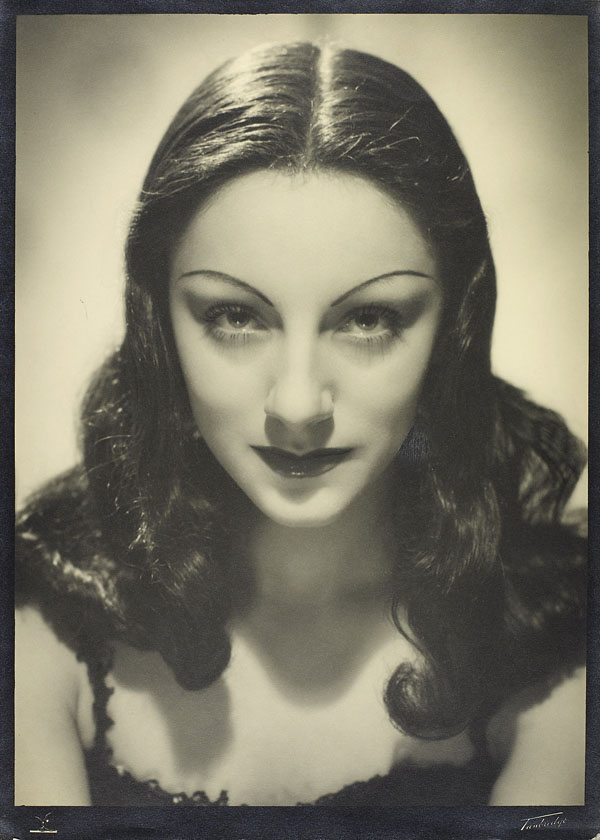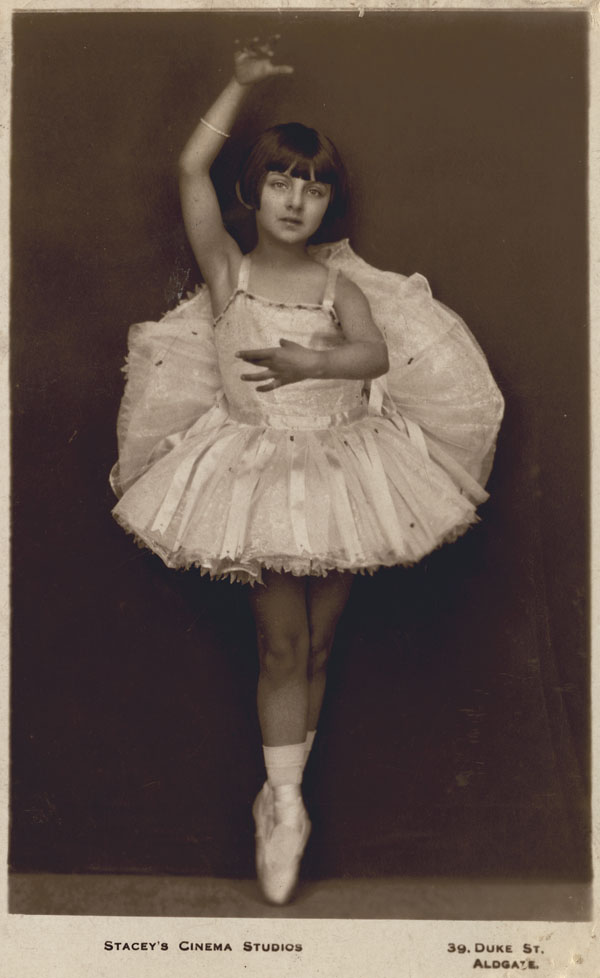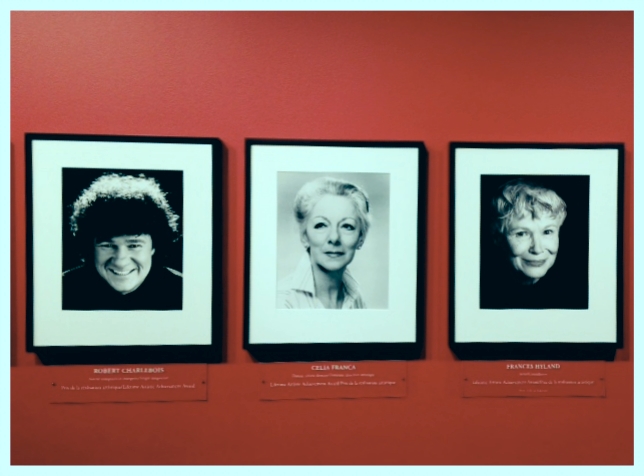Nita Celia Franks (a.k.a. Celia Franca), CC, OOnt, dancer, choreographer, director, teacher (born 25 June 1921 in London, England; died 19 February 2007 in Ottawa, ON). As founder of the National Ballet of Canada and Canada’s National Ballet School, Franca — a strong-willed, dynamic woman — played a central role in the development of ballet in Canada. She joined the Order of Canada (Officer, 1967; Companion, 1985) and was one of the first elected to join the Order of Ontario (1987). She won the Molson Prize (1974), the Canada Council of the Arts Diplôme d'honneur (1986) and the Governor General’s Performing Arts Award (1994). She was inducted into the Dance Collection Danse Hall of Fame (2024).

Education and Early Years
Born to Jewish Polish immigrant parents, Celia Franca started her ballet studies at age four and made her debut as a chorus girl ten years later, training at London's Guildhall School of Music and at the Royal Academy of Dancing in England. She performed there with various companies, among them the Ballet Rambert and Sadler's Wells Ballet (now The Royal Ballet), even during the Second World War. Decades later in an interview with CBC Radio, Franca recalled with pride how her audience chose to stay put and watch her perform despite the foreboding sound of sirens:
"Air raid sirens would go off in the orchestra pit if the planes were coming over from Germany and it was always so satisfying to find that really nobody in that audience ever got up to go to the shelter."
In 1947 she joined the Metropolitan Ballet, now a soloist and ballet mistress. and choreographed The Eve of St. Agnes and Dance of Salome, the first two ballets commissioned by the BBC.
Celia Franca’s artistic and organizational gifts led to her recommendation to a group of Toronto ballet lovers (namely Sydney Mulqueen, Pearl Whitehead and Aileen Woods) who, in 1950, wanted to establish a classical ballet company in Canada (see also Founding of the National Ballet of Canada). Mulqueen, Whitehead and Woods co-founded the National Ballet’s Volunteer Committee in 1976, a charitable organization dedicated to supporting the company.

Career in Canada
Celia Franca agreed to become founding artistic director of the National Ballet of Canada in 1951. She worked tirelessly and displayed great resourcefulness during her first months in Canada, recruiting and training dancers all the while supporting herself financially by working at Eaton’s. The company’s inaugural performance took place on 12 November 1951 at the Eaton’s Auditorium (see The Carlu) in Toronto.
Despite a lack of adequate financial support and the short supply of well-trained classical dancers, Franca succeeded in developing a well-schooled repertory ballet company that by the early 1970s had gained an international reputation. She danced leading roles until 1959, at which time she founded Canada’s National Ballet School with Betty Oliphant as founding principal. She married a American clarinetist James Morton in 1960 after two other brief marriages.
Franca remained the head of the National Ballet of Canada until 1974, appearing as a guest character dancer into the early 1980s. She choreographed or staged from memory several established works in the classical repertory as well as a number of her own creations. Franca also created opportunities for such Canadian choreographers as David Adams and Grant Strate, and notably launched dancer Veronica Tennant’s career by casting her as Juliet.
Franca moved to Ottawa on leaving the National Ballet, served two consecutive terms as a member of the board of the Canada Council for the Arts, and remained active as a teacher and occasional lecturer.
A Controversial Legacy
Franca's leadership of the National Ballet was at times controversial. Her battles with difficult dancers, staff and board members were often the stuff of lively gossip and became legendary, even making occasional headlines. In retrospect, the merits of her artistic vision have also been widely debated.
Some have argued that Franca was a cultural colonizer who failed to invest in Canadian creativity and instead built a self-proclaimed "national" troupe in Canada that was effectively a clone of Britain's Sadler's Wells (later Royal) Ballet. Others point out that Franca's post-Sadler's Wells career in Britain and own early choreography suggest a strong personal leaning towards innovation. Given freedom of action and better resources her artistic policies might have been far more adventurous.
Celia Franca's vision was often circumscribed by factors beyond her control. She believed that the traditional classics were a necessary foundation upon which to build a diverse repertoire and that they provided an international standard by which the company could be judged. She acknowledged the need to create a company where Canadian dancers could fulfill their ambitions to perform the great classical roles without going abroad. Franca's ability to take risks with new works was limited by the need to attract audiences whose tastes were largely traditional and conservative.
However controversial, Franca’s involvement as head of the National Ballet of Canada had a lasting impact on Canadian arts, increasing the influence and recognition of national ballet dancers across the country. As of 2025, there are several well-established Canadian ballet schools and companies, such as the Royal Winnipeg Ballet and Les Grands Ballets Canadiens de Montréal.

Honours
Celia Franca’s many honours include the Order of Canada in 1967 (Officer) and 1985 (Companion), the Order of Ontario in 1987, the Molson Prize in 1974, the Canada Council of the Arts Diplôme d'honneur in 1986 and the Governor General’s Performing Arts Award in 1994.
A special gala was held at the National Arts Centre in June 2001 to celebrate Celia Franca's 80th birthday. She was inducted into the Dance Collection Danse 2024 Hall of Fame.

 Share on Facebook
Share on Facebook Share on X
Share on X Share by Email
Share by Email Share on Google Classroom
Share on Google Classroom






